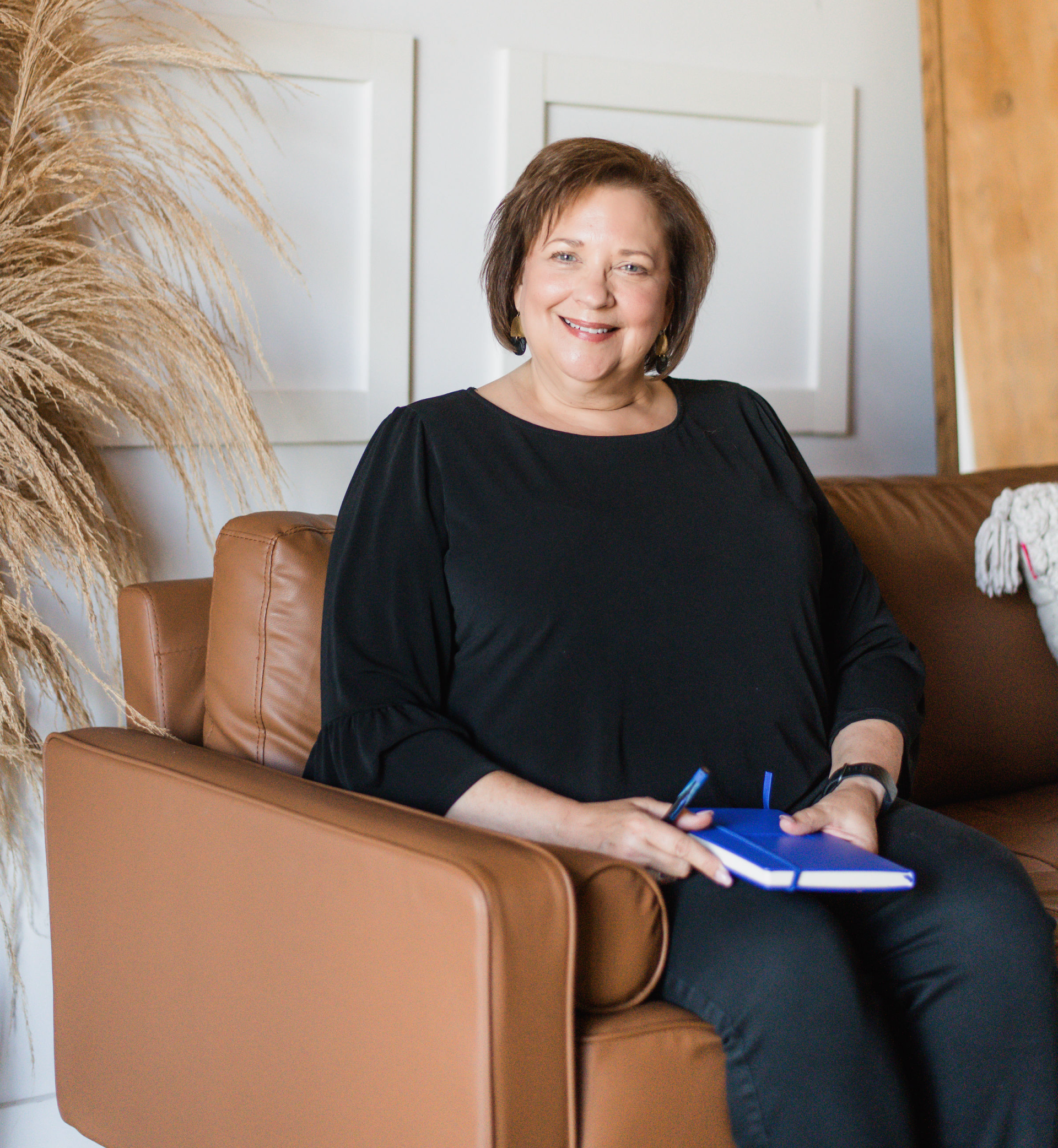5 Ideas For Families To Make The Most of Staying Home This March Break
(NC) Due to current travel restrictions, families will be spending March Break at home. One way to keep your kids busy is by making personal finance a group activity.
Research shows that young people who discuss money matters with their parents have higher financial knowledge and skills, which leads to stronger financial well-being in the future.
Here are five ideas for simple things you can do with your kids to help them develop good money habits early:
- Involve your children in age-appropriate conversations about news related to economics or budgeting, and discuss how the family is responding to the unprecedented circumstances caused by the pandemic.
- Use the Financial Consumer Agency of Canada’s online interactive budget Planner to teach your children about the importance of a financial plan. Try making a budget for your next family vacation.
- Encourage your child to set up a savings account. Forming good savings habits early can help kids learn how to be financially independent and avoid relying on credit cards and loans in the future. Help your child to make a plan to save for something they really want, like a new toy or video game.
- Show your child how to set up an automatic payment for either a subscription or their cellphone. This is an opportunity teach them about the importance of never missing a payment, which could have a negative impact on their credit report in the future.
- Review your child’s bank account agreement with them and make sure they understand their responsibilities, such as keeping their PIN secret, even from their parents. Sharing their PIN means they may not be protected from a fraudulent transaction on their account.
Understanding personal finances can have a big impact on the present and future well-being of young people. No matter what life stages your child is at, you can find unbiased and fact-based information from the Financial Consumer Agency of Canada at canada.ca/money.





